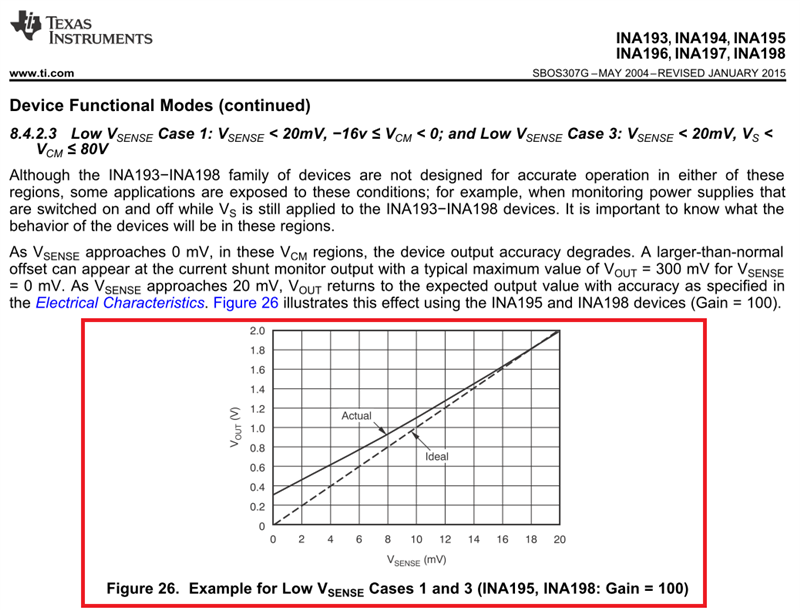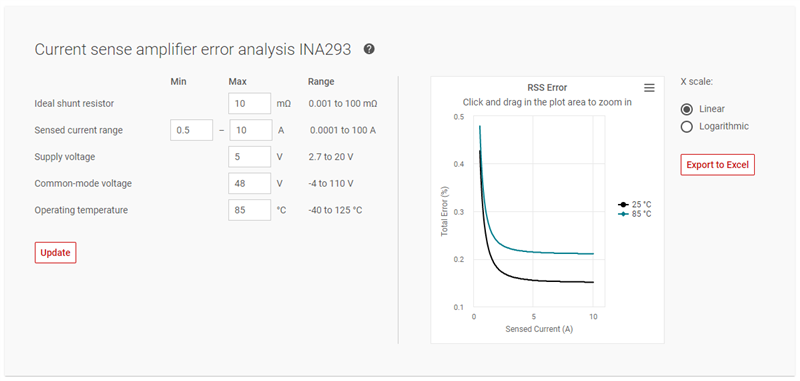Other Parts Discussed in Thread: INA193, , INA190
Hi,
Could you please provide me the following graph around Vsense = 0V such as "Vout vs Vsense" which is mentioned on page 19 of INA193 data sheet?
If not provided, please provide the measurement data instead.
Best regards,
Kato



